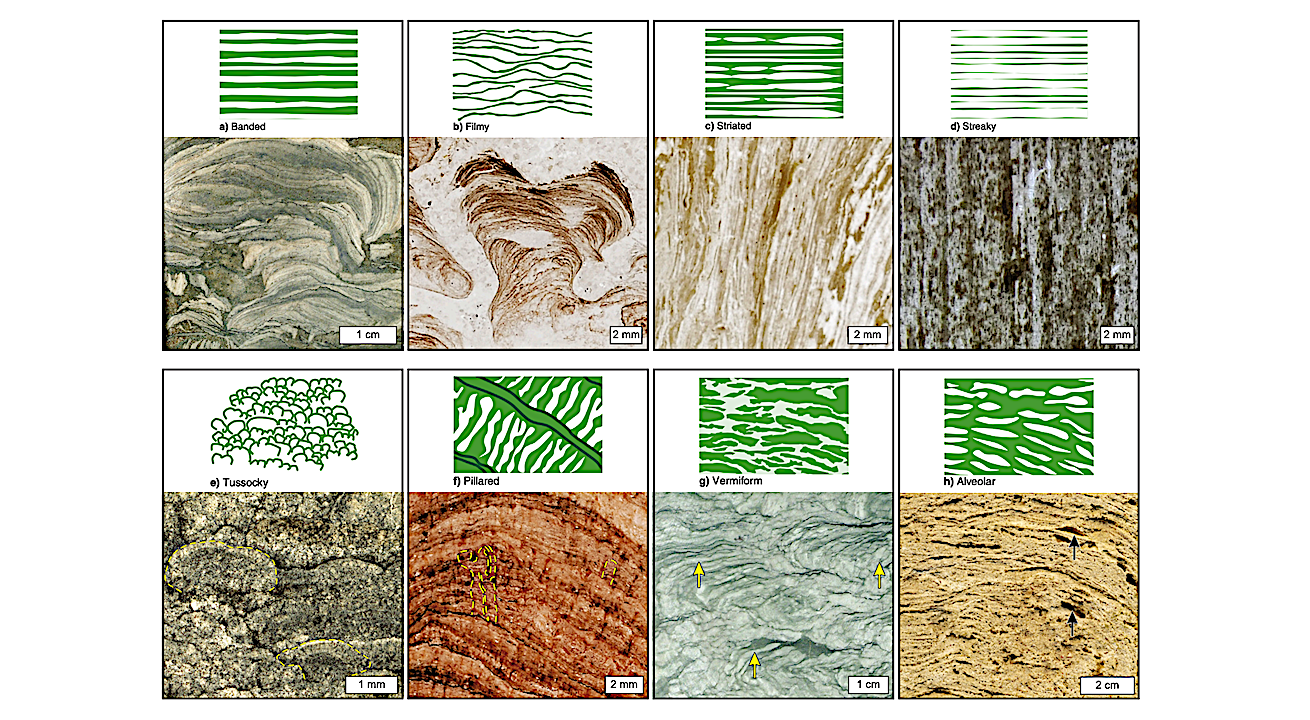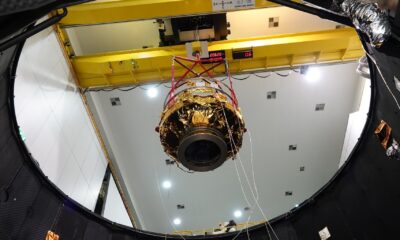Science
Laminae Offer Insights into Ancient Microbial Life and Planetary Habitats

Research highlights the significance of laminae—millimeter-scale features found in rocks—as potential indicators of ancient life and conditions on other planetary bodies, particularly Mars. These structures are formed through physiochemical processes that can be influenced by the activities of microbial communities, such as biofilms and microbial mats. Their formation, structure, and composition can provide critical evidence of microbial activity spanning billions of years in Earth’s geological history.
Laminae serve as valuable records that may preserve insights into past biological processes. According to recent studies, these features retain information about the environmental conditions at the time of their formation. However, factors such as diagenetic and metamorphic alterations can obscure or erase primary data, complicating the interpretation of their origins. Understanding these processes is essential for accurately identifying laminae as potential biosignatures.
Significance of Laminae in Astrobiology
On Mars, sedimentary rocks commonly feature laminae, indicating the presence of habitable conditions, such as liquid water. This makes them significant targets for astrobiological exploration. The exploration of these structures could provide insights into whether life existed on Mars in the past.
Research indicates that the mechanisms by which laminae form on Earth can be replicated in extraterrestrial environments. The presence of laminae can point to biological activity, suggesting that similar conditions may have once existed on other planetary bodies. This has led to increased interest in studying these geological features as part of NASA’s astrobiological missions.
The ongoing research into laminae is documented in the NASA Life Detection Knowledge Base, which compiles evidence and arguments supporting the classification of laminae as biosignatures. By analyzing the characteristics and formation processes of laminae, scientists can better understand their potential as indicators of past life.
Future Exploration and Implications
As missions to Mars and other celestial bodies advance, the study of laminae will play a crucial role in assessing the habitability of these environments. Understanding the processes that lead to the formation of laminae on Earth can provide vital clues about the conditions that may have supported life elsewhere.
The exploration of laminae not only enhances our comprehension of Earth’s ancient biological history but also contributes to the broader field of astrobiology. By investigating these features, researchers aim to uncover evidence of life beyond Earth, opening up new avenues for understanding the universe and our place within it.
The implications of this research extend beyond scientific curiosity. The insights gained from studying laminae can inform future missions and the development of technologies aimed at detecting signs of life on other planets. As the field of astrobiology continues to evolve, laminae will undoubtedly remain a focal point for exploration and discovery.
-

 Technology4 months ago
Technology4 months agoDiscover the Top 10 Calorie Counting Apps of 2025
-

 Health2 months ago
Health2 months agoBella Hadid Shares Health Update After Treatment for Lyme Disease
-

 Health3 months ago
Health3 months agoErin Bates Shares Recovery Update Following Sepsis Complications
-

 Technology3 weeks ago
Technology3 weeks agoDiscover 2025’s Top GPUs for Exceptional 4K Gaming Performance
-

 Technology2 months ago
Technology2 months agoElectric Moto Influencer Surronster Arrested in Tijuana
-

 Technology4 months ago
Technology4 months agoDiscover How to Reverse Image Search Using ChatGPT Effortlessly
-

 Technology4 months ago
Technology4 months agoMeta Initiates $60B AI Data Center Expansion, Starting in Ohio
-

 Technology4 months ago
Technology4 months agoRecovering a Suspended TikTok Account: A Step-by-Step Guide
-

 Health4 months ago
Health4 months agoTested: Rab Firewall Mountain Jacket Survives Harsh Conditions
-

 Lifestyle4 months ago
Lifestyle4 months agoBelton Family Reunites After Daughter Survives Hill Country Floods
-

 Technology3 months ago
Technology3 months agoUncovering the Top Five Most Challenging Motorcycles to Ride
-

 Technology4 weeks ago
Technology4 weeks agoDiscover the Best Wireless Earbuds for Every Lifestyle





















